Ever looked at your sneakers and thought, “These could really use a fresh look”? The problem is, that painting rubber soles can seem tricky.
Here’s the good news — learning how to paint rubber soles on sneakers easy steps style is not just possible, it’s actually fun. Just real, simple steps that work.
To paint rubber soles on sneakers, clean the surface, apply a primer, use flexible acrylic paint or rubber-specific paint, let it dry fully, and seal with a clear finisher.
Simple!
Want step-by-step info?
By the end of this guide, your sneakers will go from worn to wow.
Key Takeaways
-
Use flexible paint made for rubber or leather — nothing else.
-
Thin paint coats work better and last longer than thick ones.
-
Clean soles are a must if you want the paint to stay on.
-
Always use tape to protect parts you don’t want painted.
-
Let each coat dry fully before adding another one.
-
Seal the paint to protect it from dirt, water, and scuffs.
-
Painted soles can last for months with proper care.
How To Paint Rubber Soles On Sneakers? (Easy Steps)

To paint rubber soles on sneakers, do the following:
-
Clean the soles
-
Tape off the areas you don’t want to be painted
-
Use flexible paint made for rubber
-
Let each coat dry before adding more
-
Seal the paint at the end.
It’s easy when done step by step.
Step 1: Clean The Soles So The Paint Stays On And Looks Good
The very first thing that needs to happen before any painting starts is cleaning the rubber soles. This is not just a quick wipe or rinse. The soles have to be completely clean, because paint will not stick to dirt, oil, or dust.
If the soles are even a little dirty, the paint will peel off fast, and all the hard work will be wasted.
Here is exactly what works and has been tested many times.
-
Start by filling a small bucket or bowl with warm water and add a few drops of dish soap.
-
Use a stiff brush, like an old toothbrush or a shoe brush. Dip the brush into the soapy water and start scrubbing the rubber soles.
-
Focus on every part of the sole, especially the parts with grooves or textures. That is where dirt hides, even when it looks clean. Scrub until all the visible dirt is gone.
-
Once the soles look clean, dry them off with a cloth or towel.
-
Take a cotton pad or paper towel, pour some rubbing alcohol or acetone on it, and wipe down the soles carefully. This step removes everything that could stop the paint from sticking.
When this is done right, the rubber should feel dry and slightly rough. That roughness is a good thing. It helps the paint grab onto the surface and stay there, even when the shoes are worn outside.
Many people skip this step or rush through it. Then they wonder why the paint comes off after one or two wears. Cleaning the soles properly saves time and effort later. It is the difference between a clean, long-lasting paint job and one that starts peeling off in a few days.
If the goal is to make the sneakers look fresh and keep the paint looking good for a long time, then cleaning the soles the right way is the only way to start.
Step 2: Tape Off All The Parts You Don’t Want To Get Paint On
After the soles are clean and dry, the next step is all about control. Paint should only go on the rubber soles, nowhere else. That’s why using tape is so important. Once paint gets on the wrong area, it usually stays there or leaves a stain.
The best tape for this job is painter’s tape or masking tape. Both types stick well to the shoe but won’t leave behind sticky glue when removed. Start by carefully placing the tape along the edge where the rubber sole meets the upper part of the sneaker.
Press the tape down firmly with your fingers to make sure there are no gaps or loose spots. Any small opening can let paint seep through, which ruins the clean look.
Some people also use plastic wrap or paper to cover the bigger parts of the sneaker. That’s a smart move if the whole shoe needs protection. Just make sure the wrap is secured with extra tape so it doesn’t move while painting.
Step 3: Use The Right Paint That Actually Works On Rubber
Step three is about painting. But this part only works if the right kind of paint is used. Regular craft paint or wall paint won’t work. It might look fine at first, but it will crack, peel, or flake off after just a few wears.
The best paint for rubber soles is a flexible paint made for shoes or rubber surfaces. A lot of people who paint sneakers use Angelus leather paint. Even though it’s called leather paint, it works really well on rubber because it stays flexible. It moves with the sole and doesn’t crack.
There are other good brands too, but the key is that the paint needs to be made for surfaces that bend.
Using a small paintbrush or a sponge brush works best because it gives better control. Always paint in thin, light coats. Thick paint takes too long to dry and doesn’t last as long. The first coat might not cover everything — that’s okay. It’s better to build up the color slowly.
Plan to apply two to four thin coats for the best look.
Step 4: Let Each Coat Dry Fully Before Adding Another One
After putting on the first coat of paint, it’s tempting to jump right into the next one. But that’s a big mistake. If the first layer isn’t dry, adding more paint on top can cause smudges, streaks, or clumps. The surface needs time to dry so that each layer stays smooth.
Most paints dry to the touch in about 30 to 60 minutes, depending on the room temperature and humidity. It’s always safer to wait a little longer than to rush it. While waiting, don’t touch the sole or move the sneakers around too much.
Let them sit still so the paint can be set properly.
After the first coat is dry, apply the next thin layer. Check if the color is even. If not, keep adding light coats, letting each one dry fully. Usually, three coats will give a strong color, but it depends on the shade.
Step 5: Seal The Paint So It Doesn’t Rub Off Or Get Damaged
After painting, the job is not finished until the paint is sealed. This is what keeps the color from rubbing off when walking, and protects it from dirt, water, and scuffs. Without sealing, the paint will start to wear off quickly, especially on the parts that hit the ground or rub against things.
The best way to seal painted soles is to use a clear finisher or sealer that’s made for flexible surfaces like rubber or leather. These products are easy to find online or at art stores.
The finish can be matte, satin, or glossy, depending on the look that’s wanted. All of them work the same way to protect the paint.
To apply the sealer, use a clean brush or sponge and spread it evenly over the painted surface. Just like with the paint, thin layers work best. Let it dry for at least an hour. Some people add a second layer of sealer for extra protection, especially if the sneakers will be worn often.
Once sealed, the paint is much stronger. It can handle everyday wear, rain, and dirt.
That’s it.
Important Note: If you don’t want to follow all the above discussed five steps, then don’t worry. You can get top-notch custom shoes in no time if you give FreakyShoes a chance. Go to the website, pick a shoe, select your options, and place the order. It’s that simple.
How Long Painted Rubber Soles Last?
Painted rubber soles can last several months if done right. The key is how well the surface was cleaned, what type of paint was used, and whether a good sealer was applied. When all these steps are followed properly, the paint can handle daily wear.
However, like anything that’s used often, the soles will eventually show signs of wear.
Why Should You Paint Sneaker’s Rubber Soles?

Painting rubber soles gives sneakers a fresh, custom look without spending a lot of money. It’s an easy way to stand out and make old shoes feel new again. Many people enjoy the creative side of it, and the results often look like expensive custom kicks.
It’s fun, simple, and worth the effort.
Makes Old Sneakers Look Brand New
One of the best reasons to paint rubber soles is to bring old sneakers back to life. Shoes that look worn or dull can be completely transformed with just a bit of paint.
The soles are one of the first parts to show dirt and wear, so refreshing them with color gives the whole sneaker a cleaner look.
Many people throw out sneakers just because the soles look bad, even if the rest of the shoe is still good. A quick paint job saves the shoes and makes them look almost like they just came out of the box. It’s a simple way to keep favorite sneakers going longer.
Adds A Custom Style That Stands Out
Sneaker fans love to stand out, and painting rubber soles is one of the easiest ways to do that. Most shoes on the market come in standard colors. Customizing the soles means no one else will have the same pair.
Choosing the right color or design lets people show off their personal style. Maybe it’s a favorite team color or something that matches an outfit. Some people even add designs or patterns to the soles.
Custom paint jobs also make sneakers feel more personal. Wearing something that was created by hand brings a different kind of pride.
Saves Money Compared To Buying New Shoes
New sneakers can be expensive, especially custom or limited-edition pairs. Painting rubber soles is a smart way to get that custom look without spending big money.
Instead of buying a new pair just for a new look, painting the soles gives the same fresh feeling. The cost of paint, brushes, and sealer is low, and those supplies can be used many times. So, it’s budget-friendly, especially for sneaker lovers who like to change styles often.
In the long run, painting soles helps save money and still brings that new-shoe feeling.
Fun DIY Project That’s Easy To Do
Painting rubber soles isn’t hard, and that’s what makes it fun. It’s a simple DIY project that doesn’t need special skills or tools. Anyone can do it at home with just a bit of time and the right steps.
It’s also something that can be done alone or with friends. Many people have fun doing it together, sharing ideas, and helping each other. It’s a great weekend project, and the results are always worth it.
Helps Reduce Waste And Reuse Old Shoes
Painting rubber soles is a smart way to reuse and recycle. Instead of throwing out old sneakers, this project gives them a new life. It keeps shoes out of the trash and reduces waste.
Many people want to be more eco-friendly but don’t know where to start. Painting old shoes is a small step that makes a difference. It’s good for the wallet and the planet.
Also, reusing sneakers means less shopping and less clutter. It’s about making the most of what’s already there and turning something old into something fresh.
If you enjoy customizing sneakers, you may also love trying out art on canvas. But first, it’s worth learning whether watercolor works on a standard canvas before you start.
How To Paint Shoe Soles Black
Painting shoe soles black is a simple way to give any pair of sneakers a clean, bold look. Here’s what to do:
-
Clean the soles with soap, water, and rubbing alcohol.
-
Tape off areas that should not be painted.
-
Use flexible black paint made for rubber or leather.
-
Apply thin coats of paint, letting each one dry fully.
-
Seal the paint with a clear finisher to protect it.
Tips To Paint Rubber Soles On Sneakers
Painting rubber soles can be fun and easy if done right. The paint lasts longer and looks better when a few simple tips are followed. Good prep, the right products, and patience make all the difference.
Here are some helpful tips to get the best results.
-
Always clean the soles well before painting.
-
Use tape to keep paint off other parts of the shoe.
-
Pick flexible paint that’s made for rubber or leather.
-
Apply thin layers instead of one thick coat.
-
Let the paint dry fully between coats.
-
Use a clear sealer to protect the paint.
-
Avoid wearing the shoes for 24 hours after painting.
-
Store painted shoes in a dry place.
Final Words
Painting rubber soles is not just simple — it’s worth it. Here’s why this is a must-try:
-
You save money by refreshing old sneakers instead of buying new ones.
-
You get to create a one-of-a-kind look that stands out.
-
The process is fun, easy, and doesn’t need special skills.
-
Painted soles can handle daily wear when sealed properly.
-
Touch-ups are simple if the paint starts to fade over time.
So grab your brush, pick your color, and get ready to transform your sneakers.












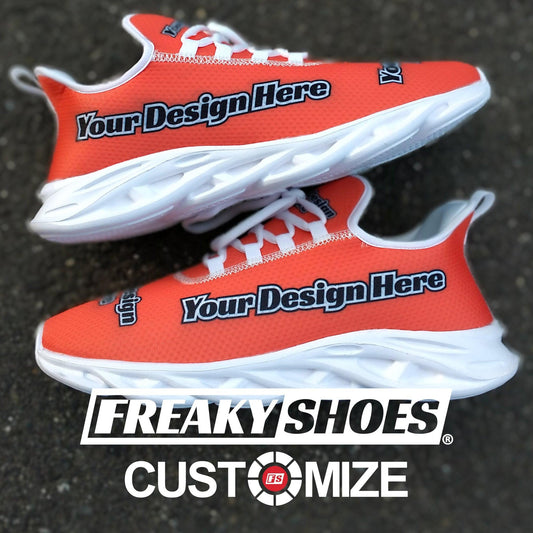

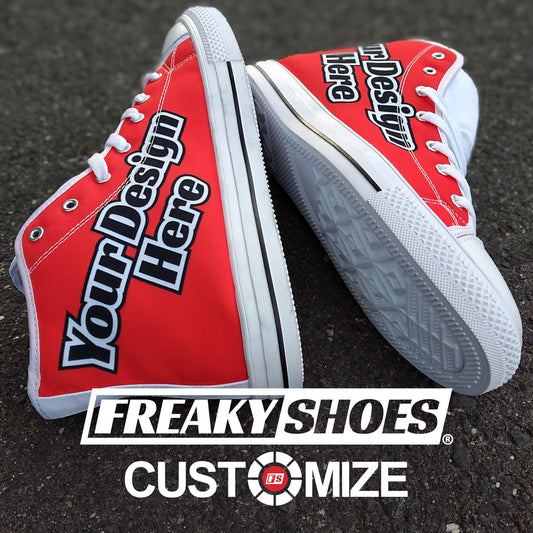
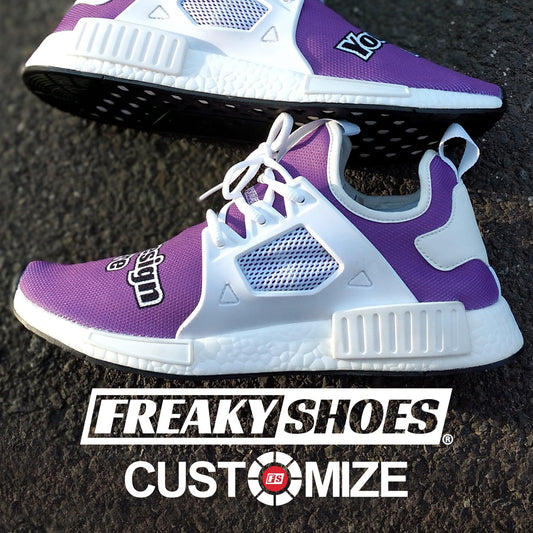

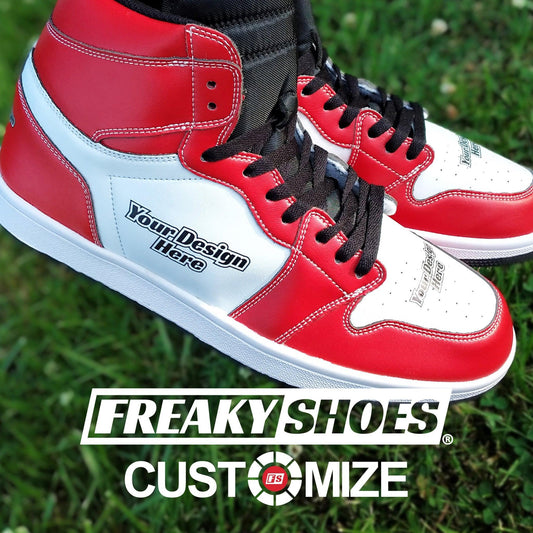
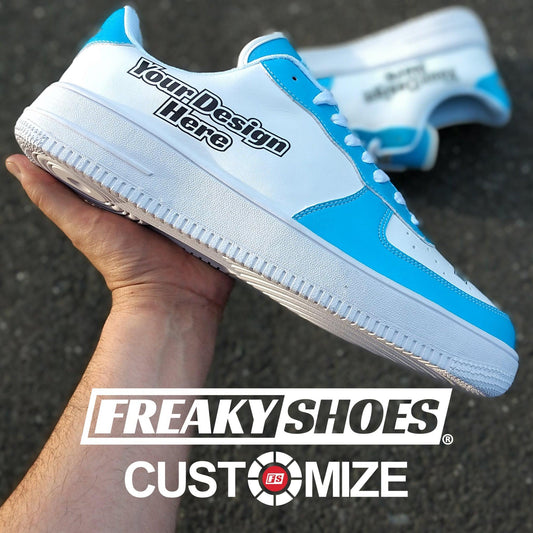
2 comments
Merci beaucoup pour votre truc!! Je désespérais de voir mes semelles se tenir, peu importe avec quoi je les nettoyais! Quelle merveilleuse solution pour rajeunir ses sneakers préférés ! :-)
If you advise on mixing Modge Podge with paint, you should at least give a ratio. How much MP to paint should be mixed?